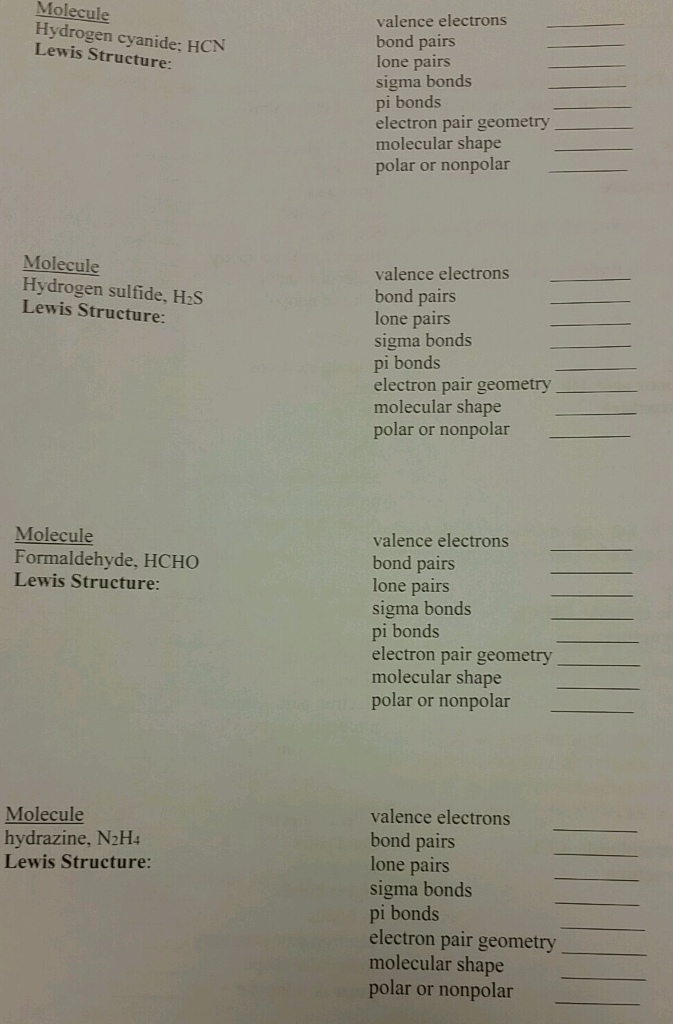

What about sigma electrons, that is to say those forming part of single bonds? These bonds represent the “glue” that holds the atoms together and are a lot more difficult to disrupt. We’ll explore and expand on this concept in a variety of contexts throughout the course. In this particular case, the best we can do for now is issue a qualitative statement: since structure I is the major contributor to the hybrid, we can say that the oxygen atom in the actual species is mostly trigonal planar because it has greater \(sp^2\) character, but it still has some tetrahedral character due to the minor contribution from structure II. The real species is a hybrid that contains contributions from both resonance structures. So, which one is it? Again, what we are talking about is the real species.

Are lone pairs sigma bonds how to#
We’ll look at additional guidelines for how to use mobile electrons later.įinally, in addition to the above, we notice that the oxygen atom, for example, is \(sp^2\) hybridized (trigonal planar) in structure I, but \(sp^3\) hybridized (tetrahedral) in structure II. We further notice that \(\pi\) electrons from one structure can become unshared electrons in another, and vice versa. In case B, the arrow originates with one of the unshared electron pairs, which moves towards the positive charge on carbon. In case A, the arrow originates with \(\pi\) electrons, which move towards the more electronegative oxygen. Going back to the two resonance structures shown before, we can use the curved arrow formalism either to arrive from structure I to structure II, or vice versa.
Are lone pairs sigma bonds full#
As a result, we keep in mind the following principle:Ĭurved arrows usually originate with \(\pi\) electrons or unshared electron pairs, and point towards more electronegative atoms, or towards partial or full positive charges. No bonds have to be broken to move those electrons. Just like \(\pi\) electrons have a certain degree of mobility due to the diffuse nature of \(\pi\) molecular orbitals, unshared electron pairs can also be moved with relative ease because they are not engaged in bonding. We conclude that:Ĭurved arrows can be used to arrive from one resonance structure to another by following certain rules. The actual species is therefore a hybrid of the two structures. That is to say, they are both valid Lewis representations of the same species. We notice that the two structures shown above as a result of “pushing electrons” towards the oxygen are RESONANCE STRUCTURES.

The CURVED ARROW FORMALISM is a convention used to represent the movement of electrons in molecules and reactions according to certain rules. The dynamic nature of \(\pi\) electrons can be further illustrated with the use of arrows, as indicated below for the polar C=O bond: Using simple Lewis formulas, or even line-angle formulas, we can also draw some representations of the two cases above, as follows. The drawing on the right tries to illustrate that concept. Both atoms still share electrons, but the electrons spend more time around oxygen. The \(\pi\) cloud is distorted in a way that results in higher electron density around oxygen compared to carbon. The C=O double bond, on the other hand, is polar due to the higher electronegativity of oxygen. Therefore the \(\pi\) electrons occupy a relatively symmetric molecular orbital that’s evenly distributed (shared) over the two carbon atoms. The C=C double bond on the left below is nonpolar. This can be illustrated by comparing two types of double bonds, one polar and one nonpolar. Now that we understand the difference between sigma and \(\pi\) electrons, we remember that the \(\pi\) bond is made up of loosely held electrons that form a diffuse cloud which can be easily distorted. Mobility Of \(\pi\) Electrons and Unshared Electron Pairs


 0 kommentar(er)
0 kommentar(er)
